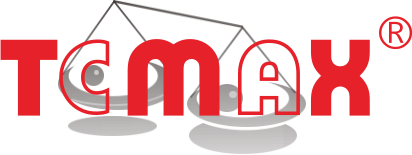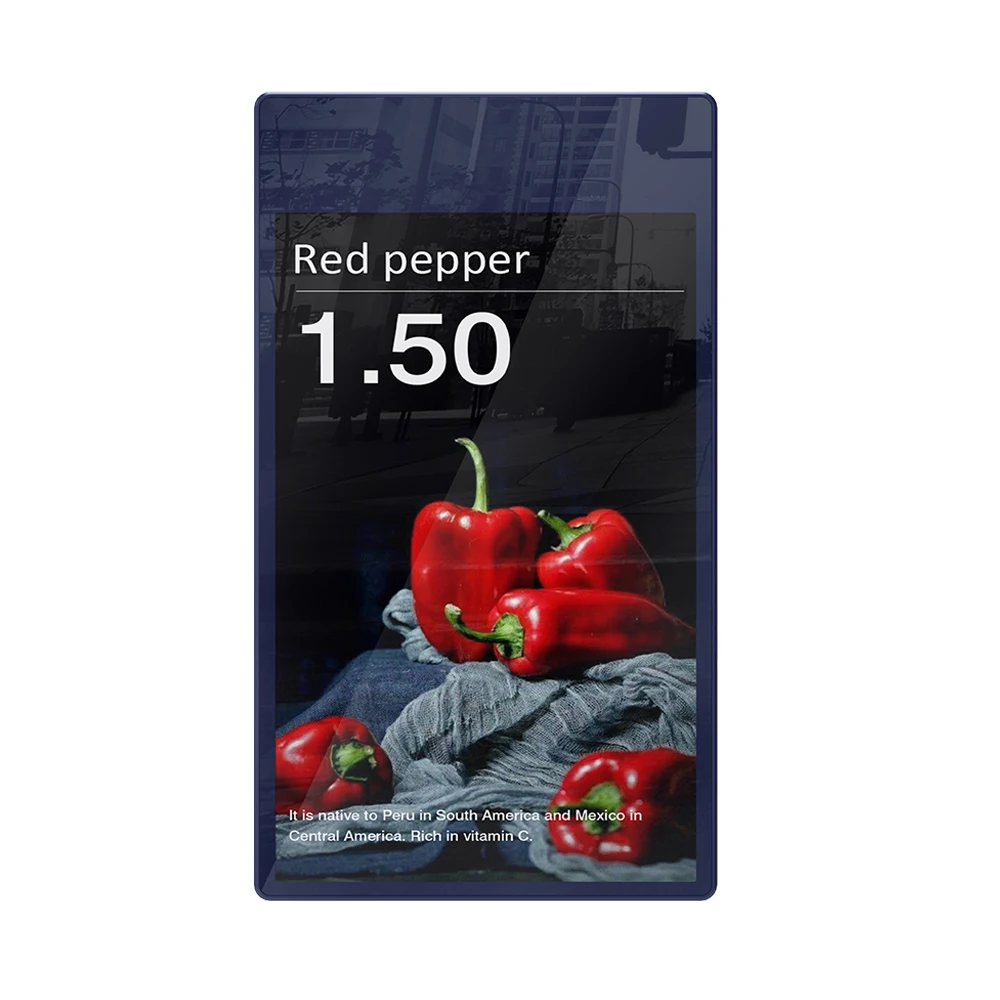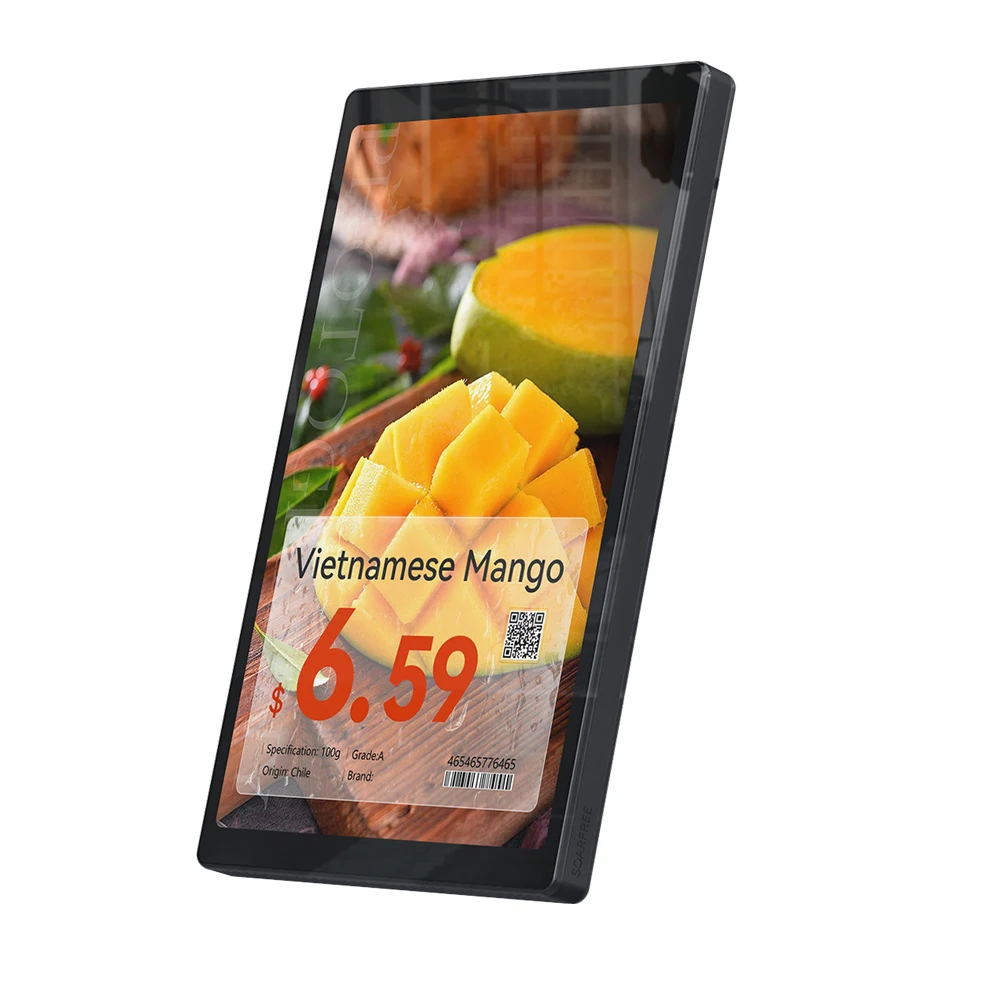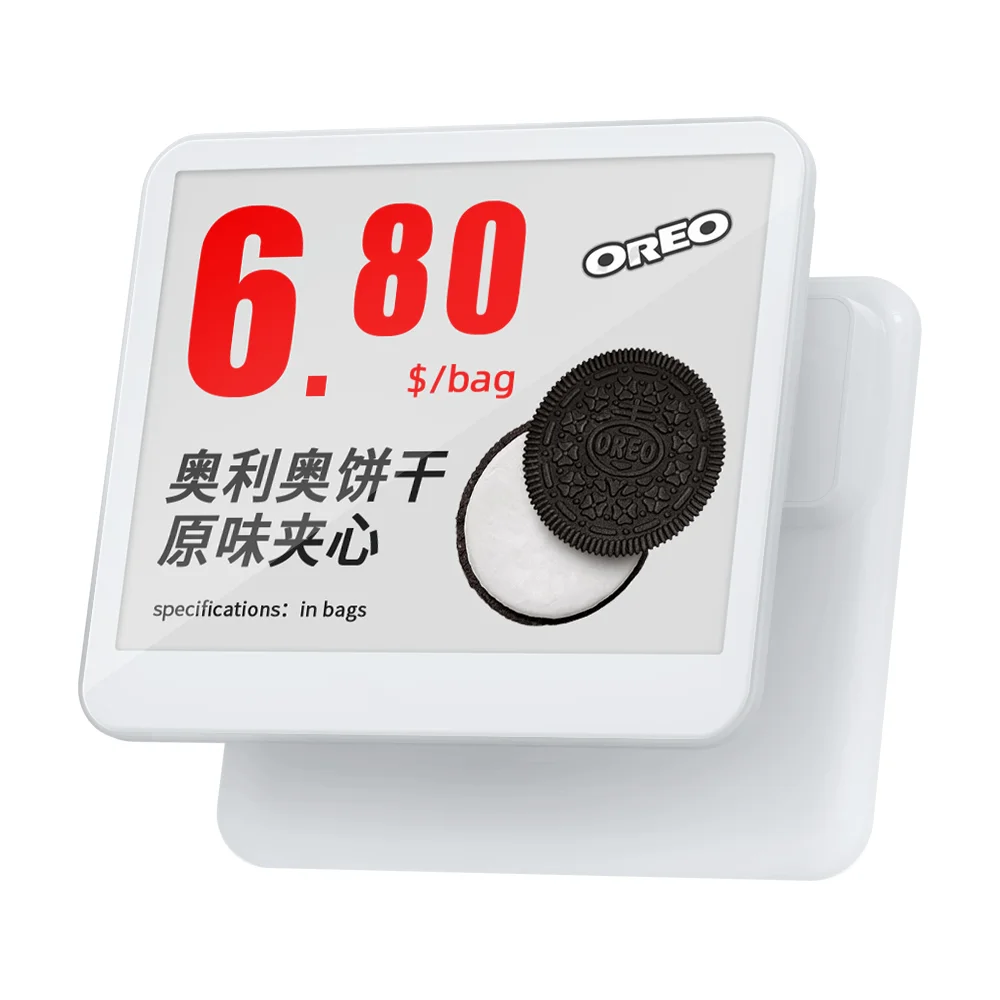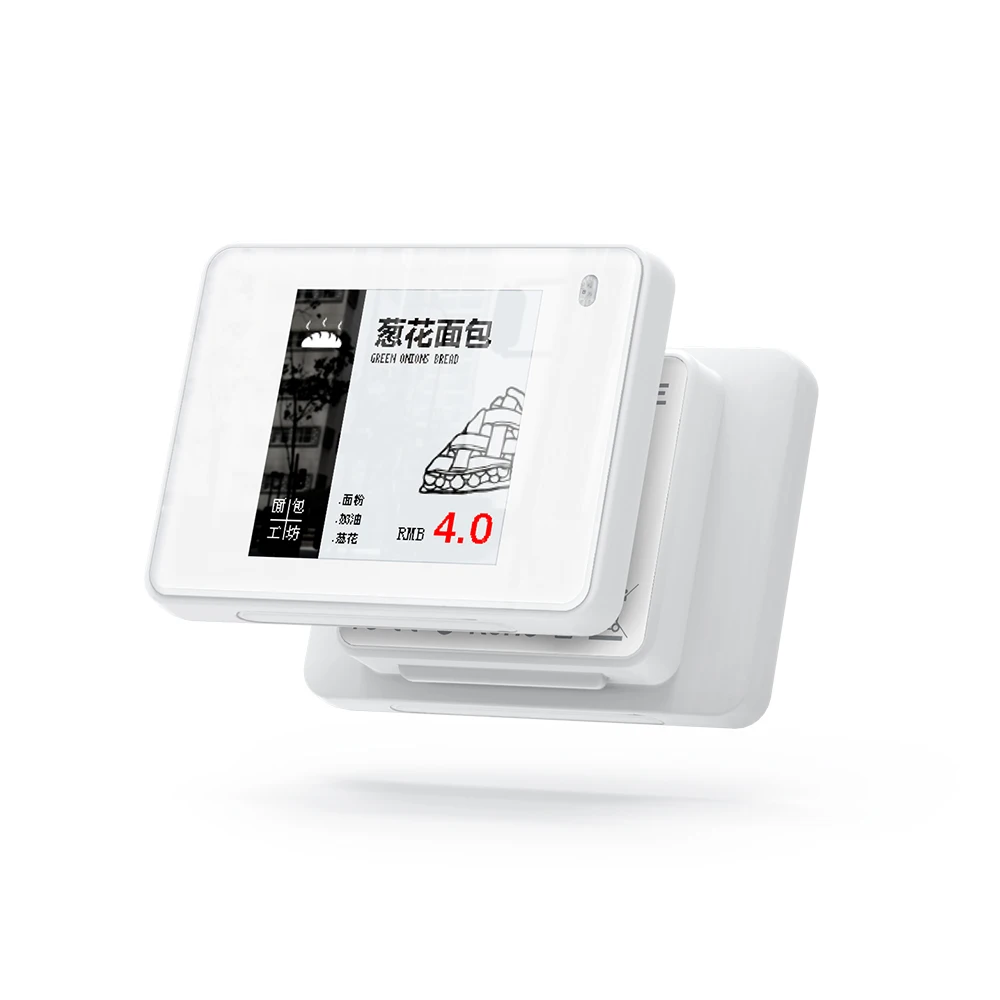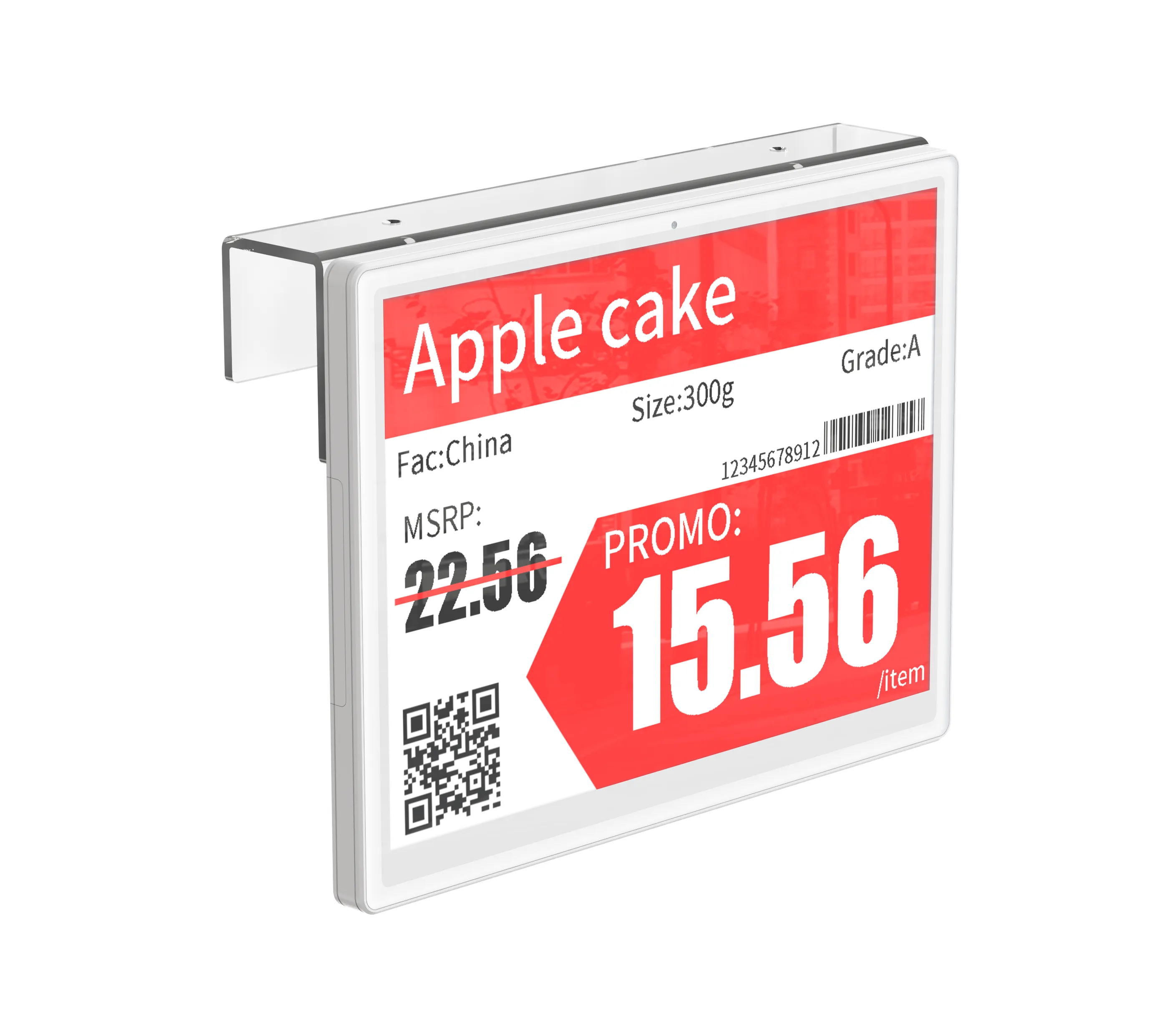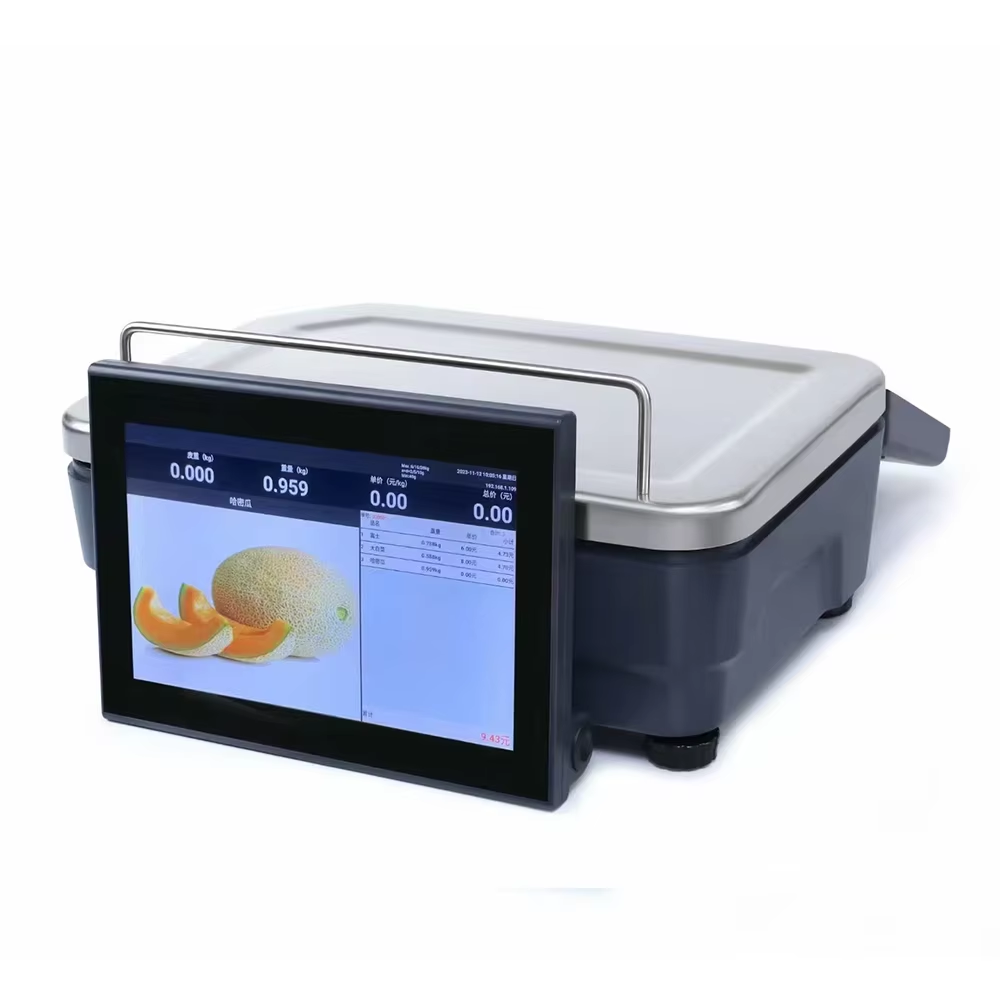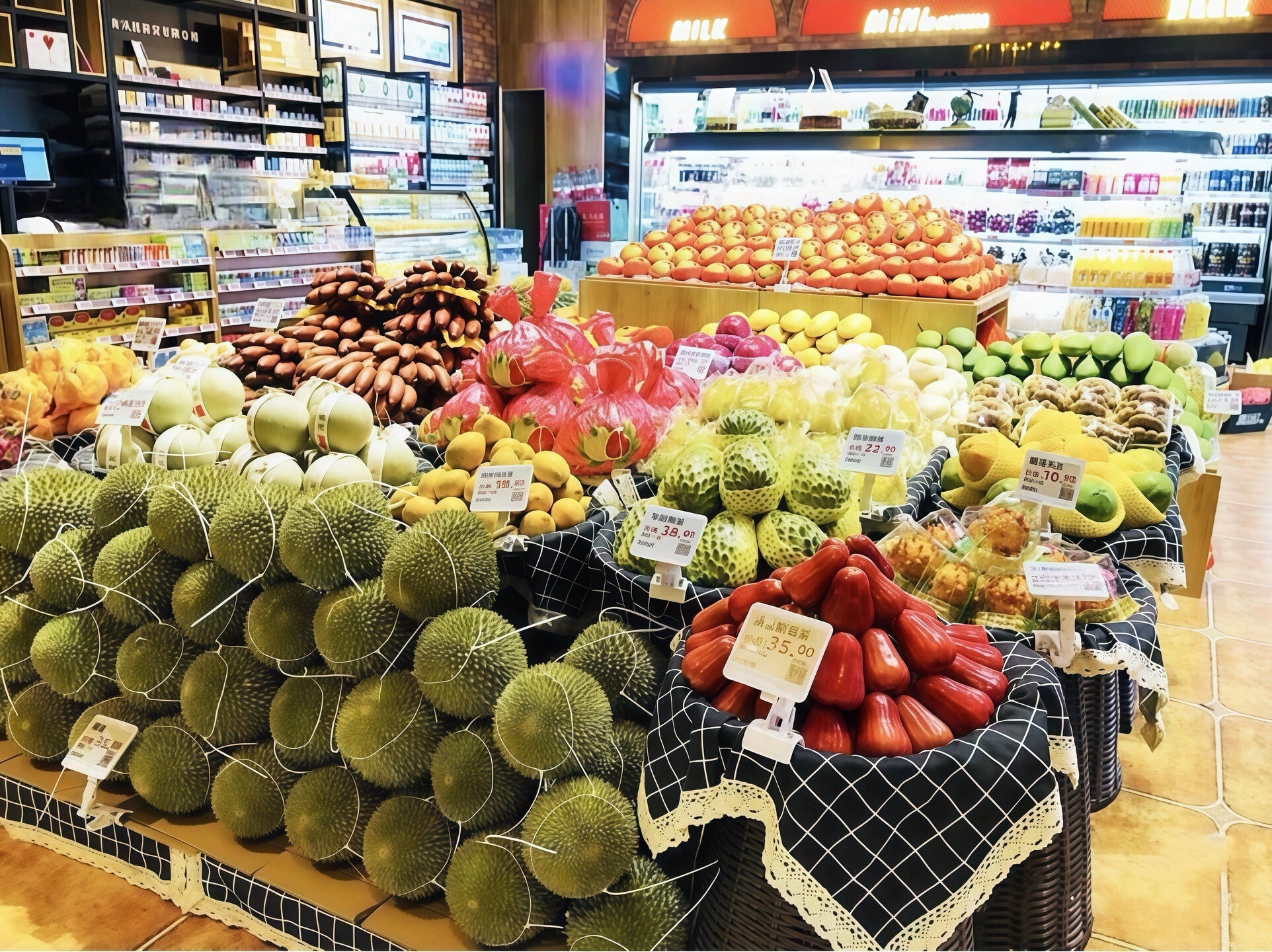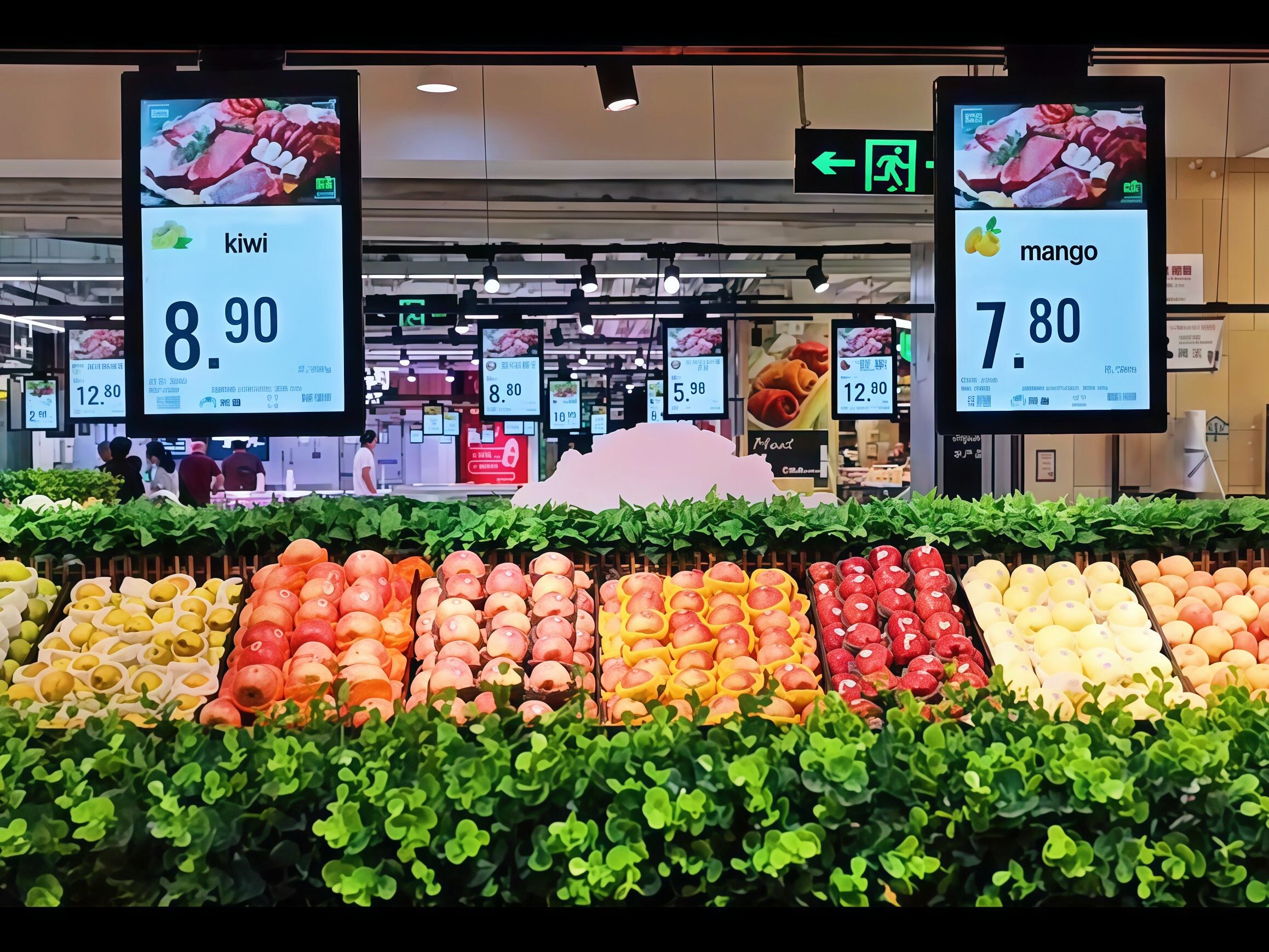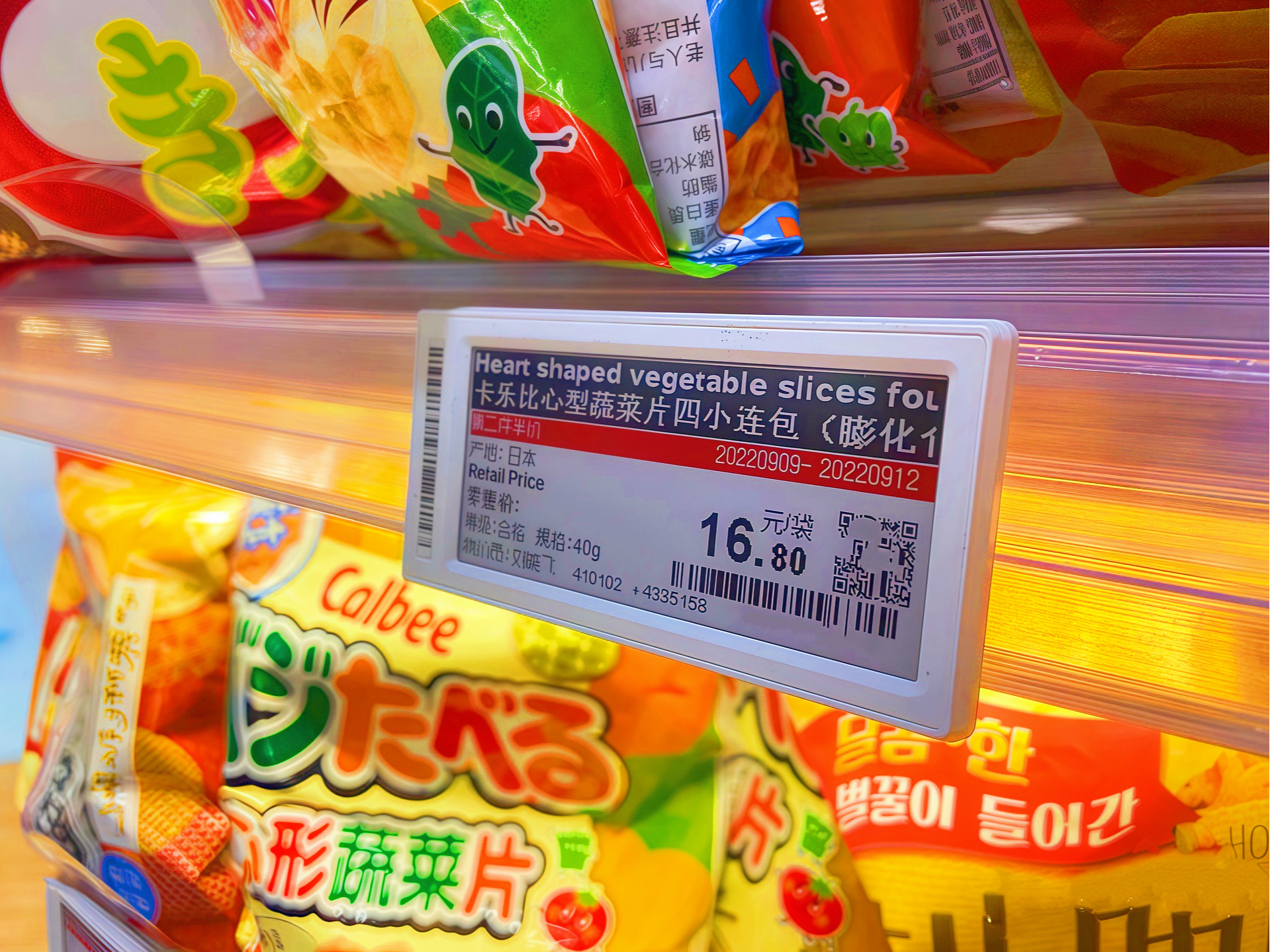electronic shelf label in retail
Electronic shelf labels (ESLs) represent a transformative technology in modern retail, offering a dynamic digital solution to traditional paper price tags. These innovative displays utilize e-paper or LCD technology to show product information, prices, and promotional content in real-time. ESLs operate through a centralized system that enables retailers to update thousands of price points simultaneously across multiple store locations. The technology incorporates wireless communication protocols, allowing seamless integration with existing retail management systems and inventory databases. Each label contains a small battery-powered display unit that can maintain information for several years, making them both cost-effective and environmentally sustainable. Beyond basic price display, modern ESLs can showcase detailed product information, stock levels, promotional offers, and even QR codes for additional customer engagement. The system's architecture typically includes a central control server, wireless communication infrastructure, and individual display units, all working in concert to maintain pricing accuracy and consistency. These labels can display multiple information fields, including price, unit price, product origin, allergen information, and promotional details, making them particularly valuable in competitive retail environments where price and information accuracy are crucial.
